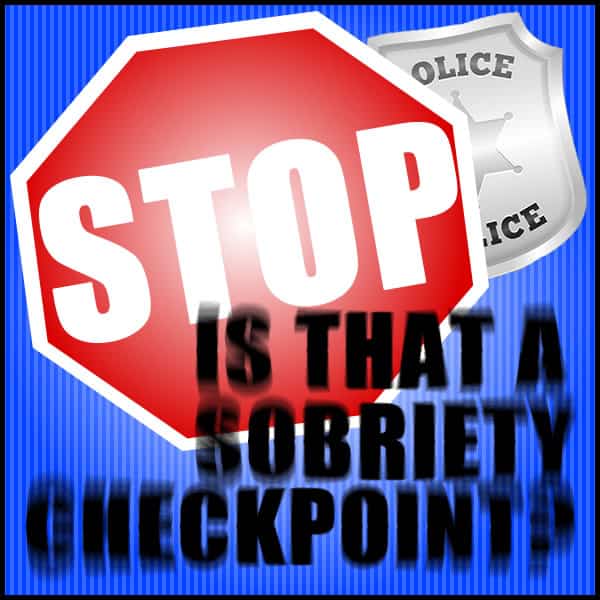
Reducing the number of drunk drivers on the road is a problem for law enforcement agencies across the country. The choice to drink and drive is a dangerous, as we all know, yet, so many people continue to risk the lives of friends, family and loved ones because they have “only had a couple” of drinks. While harsher penalties for DUI/DWI/OUI are popping up in all 50 states, finding those people who drink and drive can almost seem like searching for a needle in a haystack for law enforcement and police officers. However, by instituting sobriety checkpoints, the rate of alcohol-related vehicle crashes is falling, prompting more agencies to not only organize sobriety checkpoints, but, to publicly announce them.
Sobriety checkpoints work in different ways. A drunk driver can be discovered through a sobriety checkpoint, leading to immediate safety for other drivers on the road. The idea of sobriety checkpoints remind people to stay sober when driving, simply due to the possibility of running into a checkpoint. An announced sobriety checkpoint has the benefit of people planning ahead and informing others who may take the chance of a night out on the town, drinking and driving. The overall effectiveness of a sobriety checkpoint may be seen in the financial benefit. According to M.A.D.D., for each dollar invested into sobriety checkpoints, we save $6-$23 in costs attributed to alcohol-related crashes.

Leave a Reply
You must be logged in to post a comment.